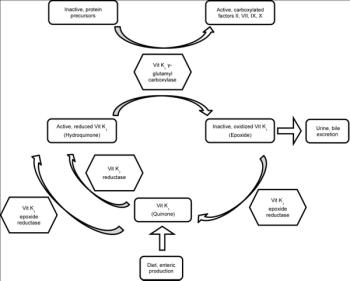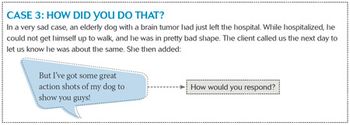
The RECOVER initiative (Reassessment Campaign on Veterinary Resuscitation) began as a review of literature and case studies to identify a set of guidelines for veterinary CPR (Cardiopulmonary Resuscitation).

The RECOVER initiative (Reassessment Campaign on Veterinary Resuscitation) began as a review of literature and case studies to identify a set of guidelines for veterinary CPR (Cardiopulmonary Resuscitation).

Often epidural anesthesia and analgesia is underutilized in the veterinary world as part of a multi-modal approach to pain management.

Changes in the dentistry service Dentistry within the general practice has always been regarded as a simple teeth cleaning.

Central lines have become a necessity in the majority of hospitalized patients in the critical care setting.

As a veterinary team, we focus on diagnostics, treatment, and outcome

The function of a drain is to remove unwanted fluid or gas from a wound or body cavity.

Units of concentration can refer to a concentration in a liquid or solid material.

Teamwork is defined by a set of interrelated knowledge, skills, and attitudes (KSAs) that facilitate coordinated, adaptive performance, improving a groups ability to meet its objectives.

Protein losing enteropathy is defined as the loss of protein from the intestines due to intestinal disease.

Hypertension may be the most under diagnosed systemic illness affecting companion animals.

The anticoagulant class of rodenticides comprises 95% of the rodenticides used in the United States.

When a client presents with a dog or cat the goal of the examination is to determine the location of the disease within the body for the problem.

Units of concentration can refer to a concentration in a liquid or solid material.

Veterinarians are often limited to drawing conclusions about a patients response to therapy following a 15 minute examination within the confines of the veterinary hospital.

Why is skin cytology performed and how do we do it.

Nutrition is an oft-overlooked aspect of management of the hospitalized patient. In the case of inadequate energy intake in the non-stressed cat or dog, the body will down-regulate energy expenditure, conserve lean muscle mass and increase lipolysis.

Puppies are the future of your practice.

Pets that exhibit problematic behaviors risk losing their homes or even their lives.

Hyperadrenocorticism develops most commonly in middle aged to older cats.

Pediatric and reproductive emergencies are common in both general practice and the emergency room setting and can be both extremely rewarding for the small animal practitioner.

This go-to team member is about to go to another veterinary practice if she doesn't get a little help. Firstline Board Member Marianne Mallonee, CVPM, counsels this overloaded employee.

Raw meat diets have been on the market for many decades and used by zoos, mink farms, dog racing facilities, and other professional establishments.


Everyone's favorite receptionist is at it again. Would you handle this situation differently?

Be more than a "warm body" and make a difference at the practice.

Arm your veterinary team to help pet owners protect themselves from these fugitives.

Guest host Dr. Sarah Wooten relates a real life tale of being bullied in the veterinary clinic, and shares expert advice from Sheila Grosdidier, RVT.

Use these tips to cope with cranky clients and find better ways to communicate for better pet health.

Every second counts when treating poisoned patients. For most substances, there's only a narrow time frame in which decontamination can be effectively and safely performed. Here are 8 questions to consider before inducing vomiting on the poisoned pet.

Sometimes veterinary client conversations take a horrifying turn. Heres help to take control of these discussions.